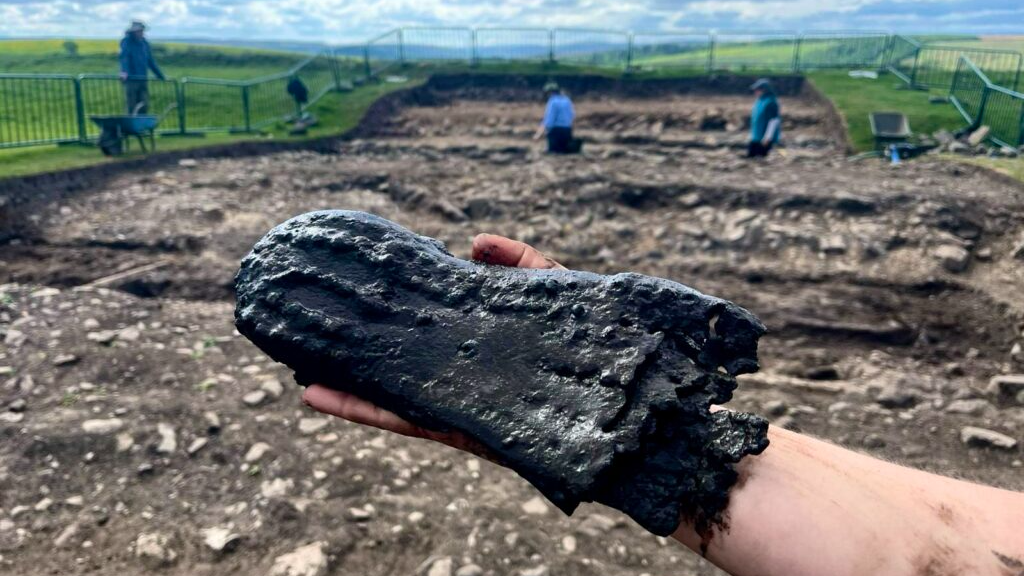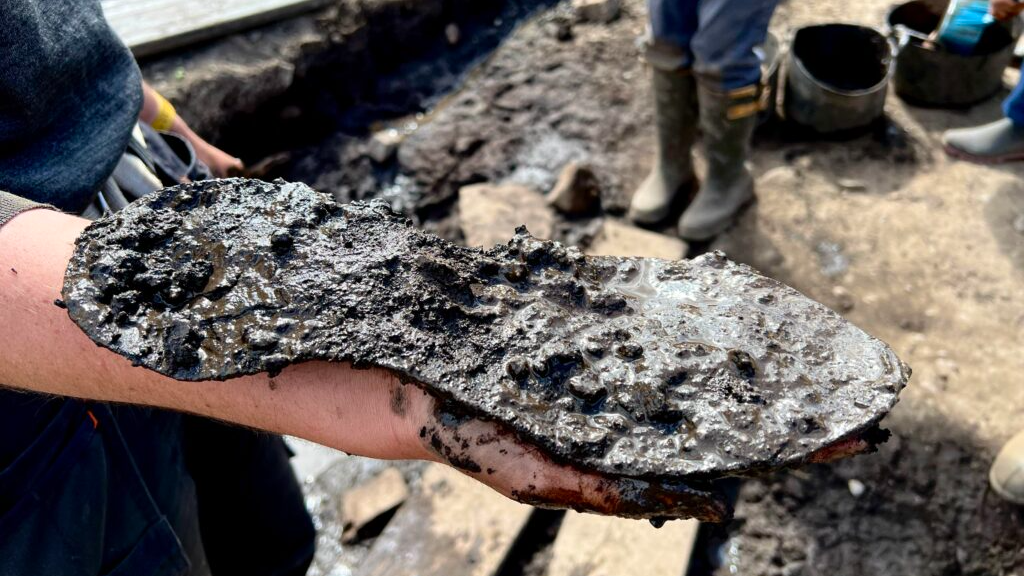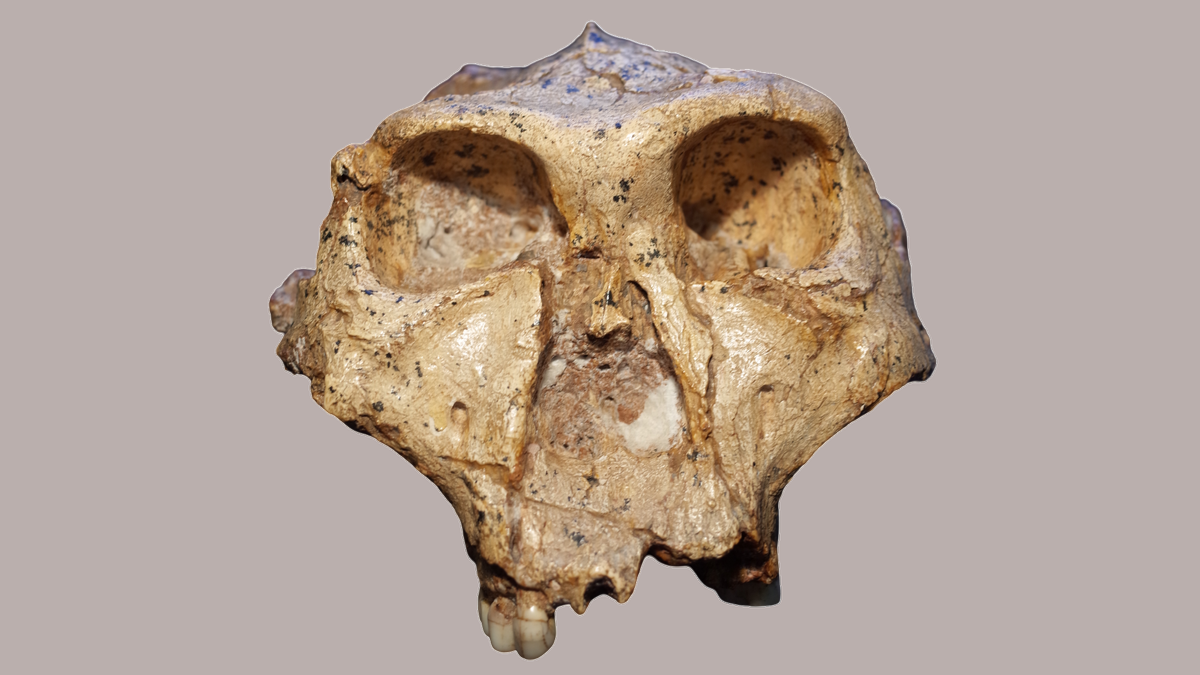Archaeologists have unearthed an enormous leather shoe while digging at the bottom of an “ankle-breaker” defensive ditch at a Roman fort in northern England.
The shoe and other leather goods from the fort, called Magna, are providing new information about shoe manufacturing techniques and the people who wore them almost 2,000 years ago.
“A shoe is such a personal item; it really puts you in touch with the people who used to live at the fort,” one of the volunteers for the Magna Project wrote on the excavation blog.
After the construction of Hadrian’s Wall, built around A.D. 122 to demarcate the northern extent of the Roman Empire, the Roman army took over and expanded small forts in Britain. Magna — also known as Carvoran — is part of this series of forts along the wall. It is situated about 7 miles (11 kilometers) west of Vindolanda, the large Roman auxiliary fort that’s well known for the remarkable preservation of writing tablets, military medals and leather shoes.
In late March, archaeologists began excavating the defensive ditches, banks and ramparts outside the north wall of Magna. According to Magna Project senior archaeologist Rachel Frame, at the bottom of one ditch, they discovered an “ankle-breaker” — a narrow, deep trench that, when obscured by water, would cause an enemy soldier to catch his foot, which would then break his ankle and trap him.
Within the ditch, the archaeologists and volunteers discovered three shoes and scrap leather that were preserved for centuries by the oxygen-free environment.

“This is really promising for our future excavations,” Frame said in a YouTube video, as they plan to expand their dig to inside the fort to look for timber buildings.
Related: Roman-era ‘fast food’ discovered in ancient trash heap on Mallorca
Two of the shoes, which were discovered on May 21, are in good condition. One has part of a heel attached and hobnails on the bottom of the sole.
“This gives us a really good look at how Roman shoes were made,” Frame wrote in the excavation blog. “Multiple layers of leather were used to form the sole, held together with thongs, stitching and hobnails.” But because the toe area was missing, they could not estimate its size.
A second shoe, found at the very bottom of the ankle-breaker, was intact and “immediately drew impressed gasps” from everyone on site, Frame wrote. The sole measures 12.6 inches (32 centimeters) long, which is the equivalent of a men’s U.S. 14 or U.K. 13 size shoe today.
“Could this one be the largest in the Vindolanda Trust collection? We certainly look forward to finding out!” Frame wrote.
The shoes and other scraps will now be studied by a leather specialist, to try to learn more about who may have worn the enormous shoe and who lived and worked at Magna in Roman times.

























